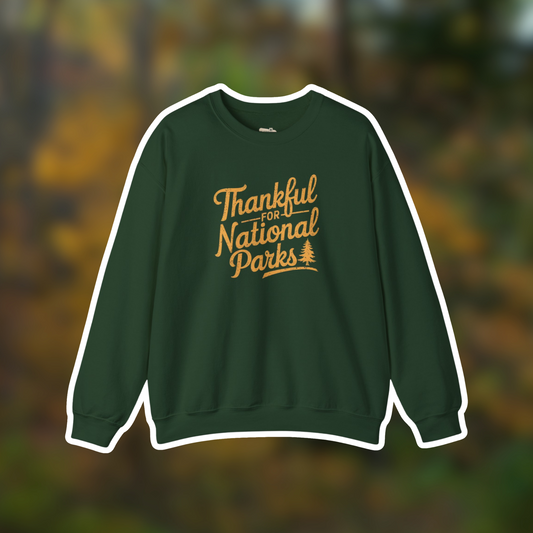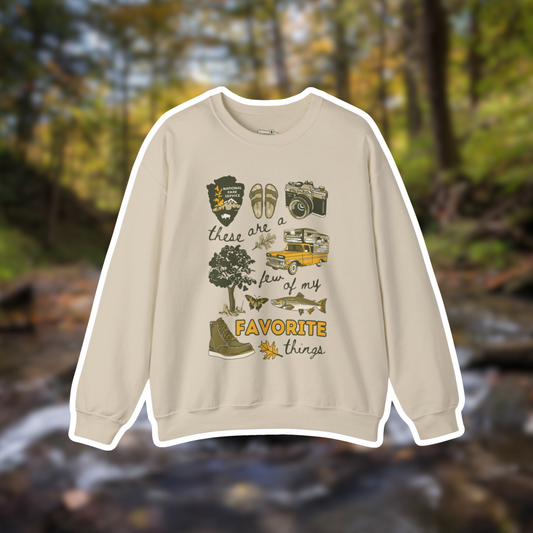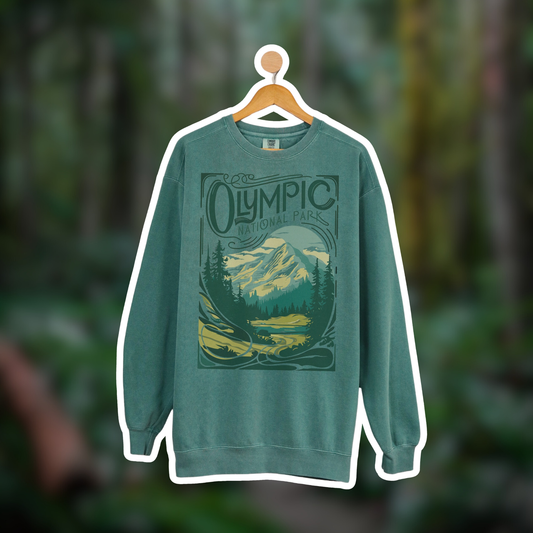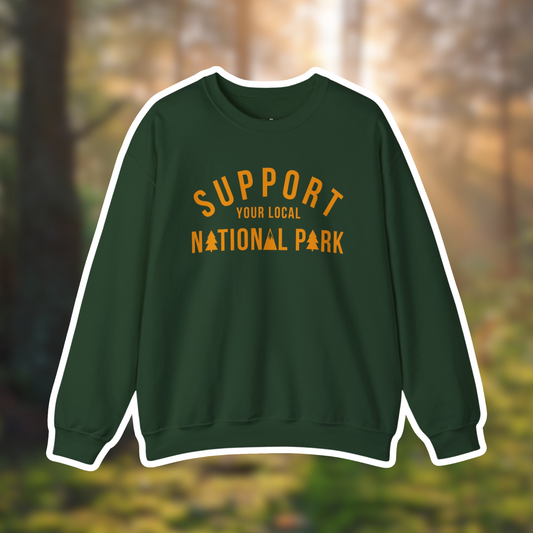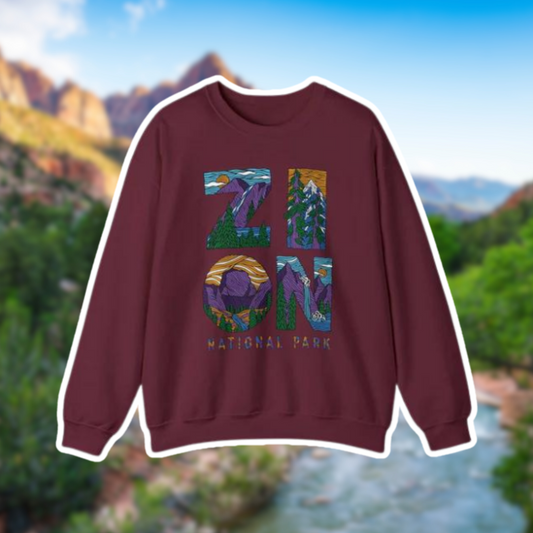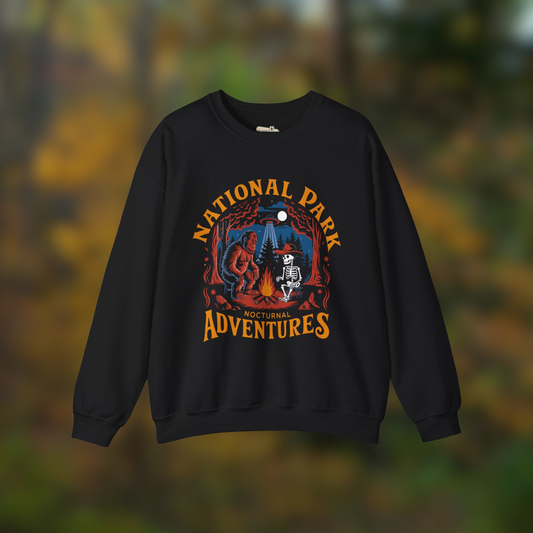Capture Stunning Shots: Photography Tips for National Parks
Share

Did you know The Lincoln Forest was founded by high school photography teacher? Well, I (Alissa) have been teaching photography for over five years now. Before that I was a history teacher who was dying to teach something more personal. creative, and fun! Prior to teaching photography, I had my own portrait photography business, but my true photography love genre was the landscapes I discovered in our national parks.
Here are a few of my photography tips to help you capture breathtaking images in national parks.
Choosing the Right Gear
When preparing for a photography trip to national parks, it's essential to choose the right gear. Consider bringing a versatile camera that can handle different lighting conditions and landscapes. A sturdy tripod can also be beneficial for capturing sharp images in low light or long exposure situations.

Additionally, pack extra batteries, memory cards, and a variety of lenses to ensure you're prepared for any photographic opportunity that presents itself.
Understanding Lighting and Composition
Lighting plays a crucial role in photography, especially in national parks where natural light can vary greatly throughout the day. Pay attention to the direction, intensity, and quality of light to create stunning compositions. Golden hour, the period shortly after sunrise or before sunset, often provides the most dramatic lighting for landscape photography.

Composition is another key element to consider. Use leading lines, the rule of thirds, and framing techniques to create visually appealing images that draw the viewer's eye into the scene.
Exploring Unique Perspectives
To capture truly remarkable shots in national parks, don't be afraid to explore unique perspectives. Get down low to the ground for a different vantage point, or consider shooting from a higher elevation to showcase the vastness of the landscape. Experiment with different angles and focal lengths to add interest and depth to your photographs.
Utilizing Filters and Accessories
Filters and accessories can enhance your photography in national parks. Consider using a polarizing filter to reduce glare and enhance colors in the sky and water. Neutral density filters can help you achieve long exposure effects, while a remote shutter release can prevent camera shake when capturing long exposure shots.
Other accessories like lens hoods, lens cloths, and a rain cover can protect your gear and ensure you're ready to shoot in any weather conditions.
Respecting Nature and Wildlife
As you explore national parks with your camera, remember to respect the environment and wildlife around you. Keep a safe distance from animals and avoid disturbing their natural behavior. Stay on designated trails to minimize your impact on the landscape, and always follow park regulations to preserve these natural treasures for future generations.
Consider joining photography workshops or tours led by experienced guides who can help you navigate the parks responsibly and ethically.






